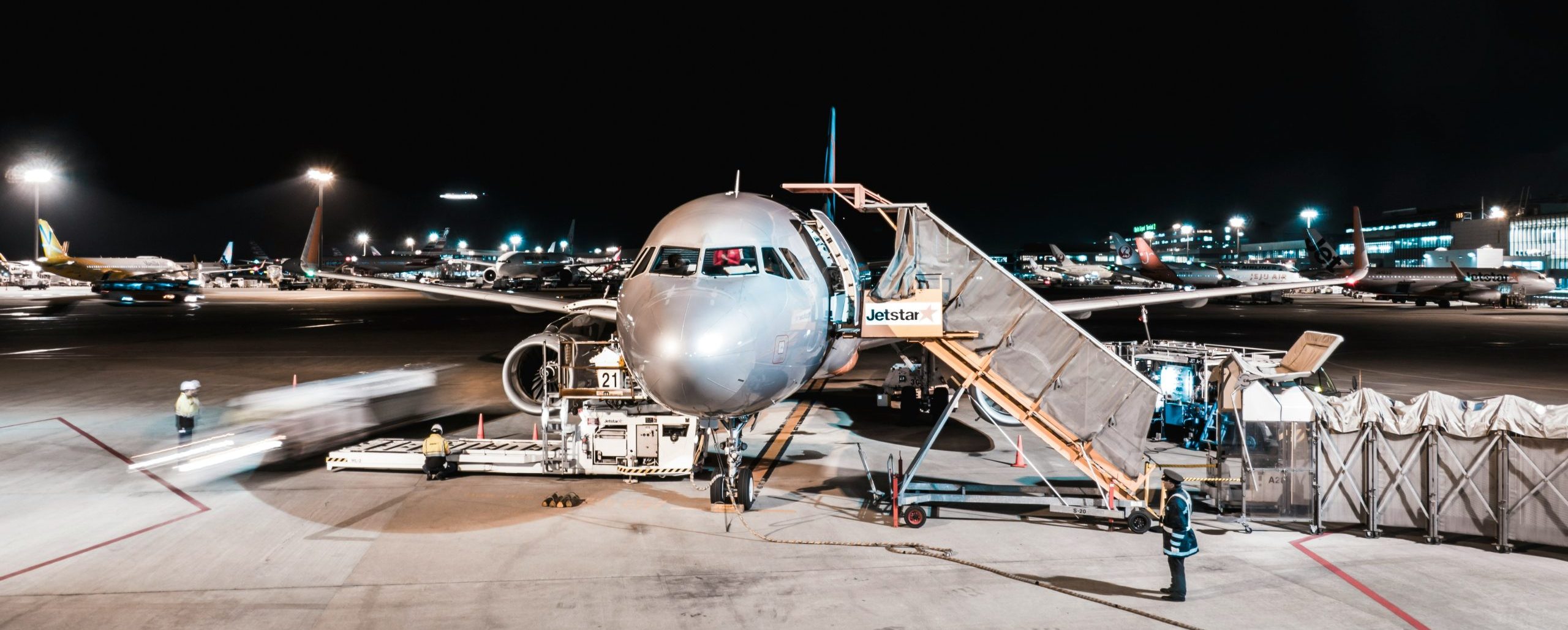Introduction: Avionics, the electronic systems that control and monitor aircraft functions, are the nerve center of modern aviation. From navigation and communication to flight control and instrumentation, avionics play a critical role in ensuring the safety, efficiency, and reliability of aircraft operations. Avionics inspections are essential for maintaining the integrity and functionality of these systems, safeguarding the skies and ensuring the smooth operation of air transportation. In this article, we explore the significance of avionics inspections, their procedures, and their vital contribution to aviation safety.
The Significance of Avionics Inspections: Avionics inspections are essential for maintaining the airworthiness and reliability of aircraft electronic systems. These inspections serve several crucial purposes:
- Safety Assurance: The primary objective of avionics inspections is to ensure the safe and reliable operation of aircraft electronic systems, mitigating the risk of equipment failures, malfunctions, or discrepancies that could compromise flight safety.
- Regulatory Compliance: Aviation regulatory authorities impose stringent requirements for avionics maintenance and inspections to ensure compliance with airworthiness standards and operational guidelines. Avionics inspections play a crucial role in verifying that aircraft electronic systems meet regulatory requirements and are maintained in accordance with approved maintenance programs.
- Early Detection of Defects: Avionics inspections enable the early detection and rectification of defects, anomalies, or discrepancies in aircraft electronic systems. By identifying potential issues before they escalate, inspections help prevent equipment failures and minimize operational disruptions.
- Performance Optimization: Avionics inspections provide valuable data and insights into the condition, performance, and functionality of aircraft electronic systems. This information enables operators to optimize system performance, reliability, and maintenance planning to enhance overall operational efficiency.
Types of Avionics Inspections: Avionics inspections encompass various types, each tailored to address specific aspects of avionics integrity, functionality, and maintenance needs. The main types of avionics inspections include:
- Routine Inspections: Routine inspections, also known as line maintenance checks, are conducted at regular intervals, typically based on flight hours, cycles, or calendar time. These inspections involve visual checks, functional tests, and minor repairs to verify avionics system airworthiness and address routine maintenance needs.
- Scheduled Maintenance Inspections: Scheduled maintenance inspections, such as avionics checks or avionics system tests, are performed at predefined intervals or milestones specified by the aircraft manufacturer or regulatory authorities. These inspections involve comprehensive assessments of avionics systems, components, and software to ensure continued airworthiness.
- Troubleshooting Inspections: Troubleshooting inspections are conducted in response to specific avionics issues, anomalies, or discrepancies identified during routine operations or other inspections. These inspections focus on diagnosing and rectifying avionics problems promptly to minimize operational disruptions and safety risks.
- Software Inspections: Software inspections involve verifying the integrity, functionality, and compliance of aircraft avionics software, including flight management systems, navigation databases, and communication protocols. These inspections ensure that avionics software meets regulatory requirements and operates correctly.
Procedures and Methods of Avionics Inspections: Avionics inspections follow established procedures and methods to ensure thoroughness, accuracy, and consistency in the inspection process. Key steps in the inspection process include:
- Visual Inspection: Visual inspections involve visually examining avionics components, systems, and displays for signs of damage, wear, or discrepancies. Inspectors use specialized tools, equipment, and inspection aids to access and inspect critical areas of the avionics system thoroughly.
- Functional Testing: Functional testing involves operating avionics systems and components to verify their functionality, performance, and compliance with operational requirements. This may include navigation system checks, communication system tests, and flight control system simulations to ensure that systems operate as intended.
- Software Validation: Software validation involves verifying the integrity, functionality, and compliance of avionics software, including firmware updates, software patches, and database revisions. Inspectors ensure that software updates are properly installed, configured, and tested to prevent compatibility issues or system failures.
- Documentation and Record-keeping: Inspectors document their findings, observations, and maintenance actions during avionics inspections and maintain detailed records of inspection activities. Accurate documentation is essential for compliance with regulatory requirements, tracking avionics maintenance history, and facilitating future maintenance planning and decision-making.
The Role of Technology in Avionics Inspections: Advancements in technology have revolutionized the field of avionics inspections, enabling more efficient, accurate, and data-driven inspection processes. Some key technologies used in avionics inspections include:
- Diagnostic Equipment: Diagnostic equipment, such as avionics test sets, diagnostic software, and electronic troubleshooting tools, enable inspectors to perform comprehensive assessments of avionics systems, components, and software.
- Remote Monitoring Systems: Remote monitoring systems utilize sensors, data acquisition systems, and wireless communication technologies to monitor avionics systems continuously. These systems provide real-time data insights into system health, performance, and operational status, enabling proactive maintenance actions.
- Automated Test Equipment (ATE): Automated test equipment automates the testing and calibration of avionics systems and components, reducing human error and improving inspection efficiency. ATE systems can perform a wide range of diagnostic tests, functional tests, and performance measurements with high accuracy and repeatability.
- Data Analytics and Predictive Maintenance: Data analytics and predictive maintenance techniques analyze avionics system data, performance trends, and operational parameters to forecast equipment failures and maintenance needs. These techniques help optimize maintenance planning, resource allocation, and decision-making to enhance avionics system reliability and performance.
Conclusion: In conclusion, avionics inspections are indispensable for ensuring the safety, reliability, and airworthiness of aircraft electronic systems. By systematically evaluating avionics integrity, functionality, and performance, inspections help identify and rectify potential issues, anomalies, or discrepancies that could compromise flight safety. As aviation technology continues to evolve, inspections will leverage advanced technologies and methodologies to enhance inspection efficiency, accuracy, and effectiveness. With a commitment to rigorous inspection practices and adherence to regulatory standards, aviation stakeholders can uphold the highest levels of safety and reliability in aircraft avionics operations.

